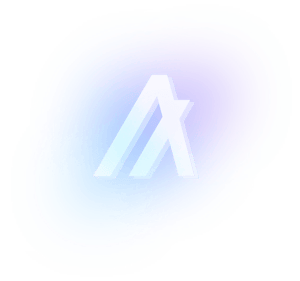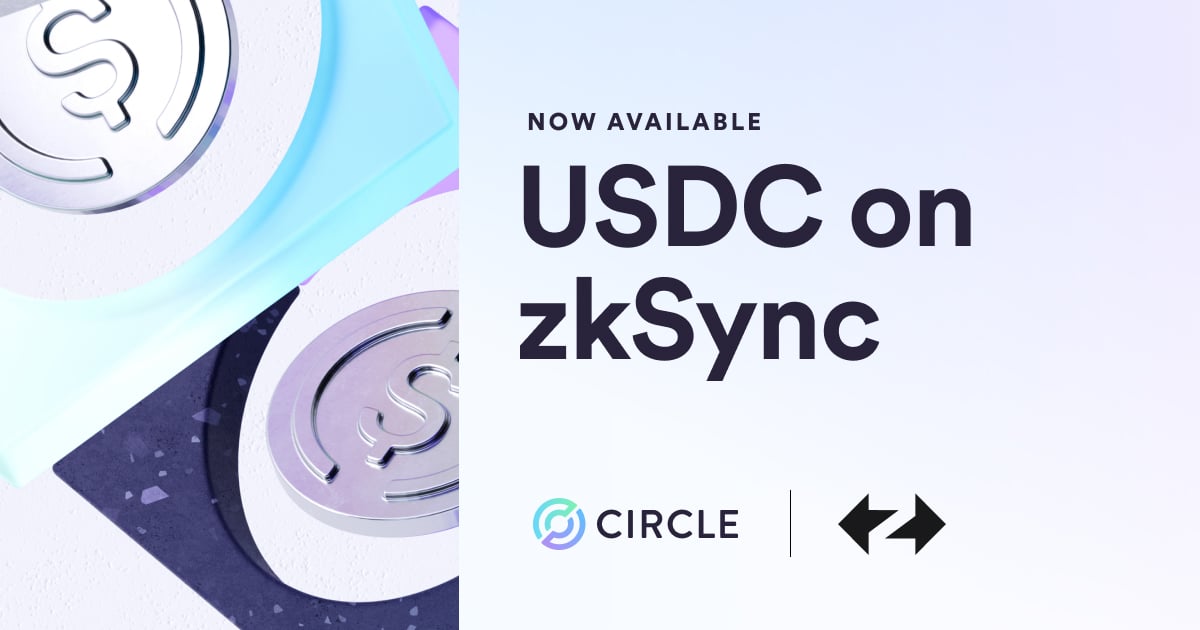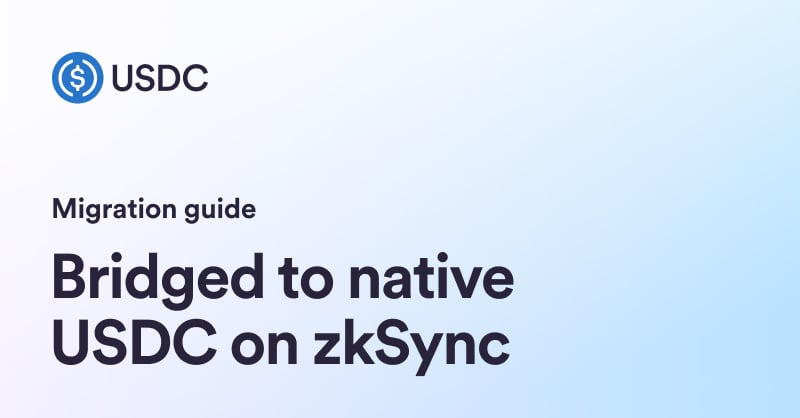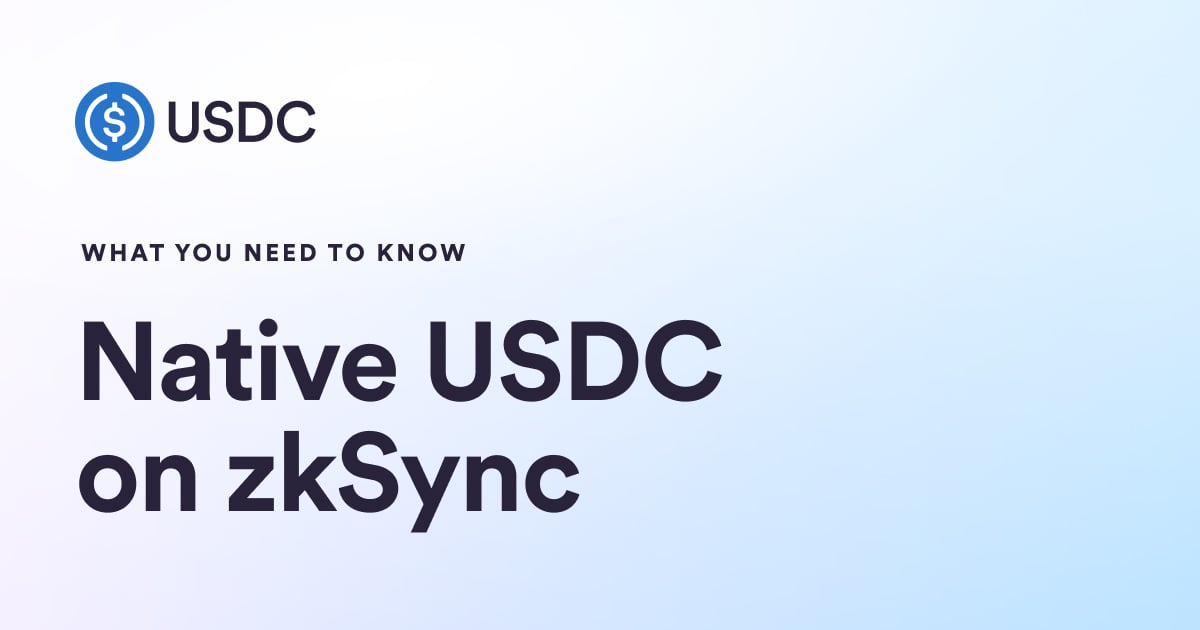As a Multi-Chain stablecoin, USD Coin (USDC) is supported by several leading blockchains to provide digital dollar stablecoins to a global audience.
Learn more about each blockchain network that supports USDC.
USDC: A Multi-Chain Dollar Stablecoin
US Dollar Coin (USDC) is the fastest-growing fully reserved dollar stablecoin, backed 1:1 by US dollars held in regulated financial institutions.
USDC has the largest stablecoin industry ecosystem in the world, with a wide range of products and services supporting the USDC standard, including digital wallets, exchanges, DeFi protocols, borrowing and lending products, and payment services.
To maximize USDC’s utility, the Centre Consortium has entered into partnerships to enable the use of the stablecoin on multiple blockchains. The USDC Multi-Chain framework has helped it become the leading dollar stablecoin, with over $11 billion in circulation as of April 2021.
Bringing UDSC to multiple blockchains enables Circle users to take advantage of the speed, scalability, and cost efficiency provided by next-generation public chains. Whether settling payments, processing payouts, or executing multi-dimensional transactions on-chain, all supported blockchains are integrated into the funds flows associated with a free Circle Account.
Additionally, all USDC implementations feature the same level of transparency for fiat reserves, with monthly attestations provided by Grant Thornton and published online. USDC is available on the following blockchains.
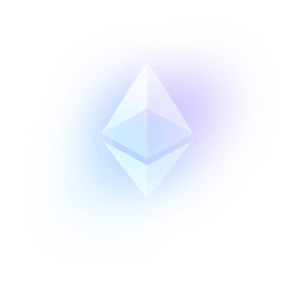
Ethereum
Ethereum is a pioneer in smart contract technology and the largest blockchain for decentralized applications.
There are thousands of companies building smart contract-powered applications on Ethereum, ranging from blockchain games and virtual worlds to decentralized financial (DeFi) applications and online marketplaces.
USDC on Ethereum is supported by thousands of companies, products and services, including digital wallets, exchanges, DApps, and DeFi protocols. Notably, USDC has emerged as a go-to on-ramp into Ethereum’s fast-growing DeFi market.
Algorand
A cutting-edge blockchain that uses a permissionless, pure proof of stake consensus mechanism, the Algorand blockchain is designed to foster mainstream blockchain adoption by facilitating decentralization, scalability, and security.
Algorand’s focus lies in providing a platform for building new financial tools and services to enable frictionless finance.
Algorand’s USDC implementation supports enterprise-scale applications via on-chain transactions providing nearly instant settlement finality in seconds, transaction throughput approaching 1000 tps, and minuscule transaction fees.
Algorand achieves rapid transaction speeds by avoiding the use of cryptographic puzzles in the settlement process and inviting only a small subset of users to participate when new blocks are generated. Furthermore, no communication is necessary between users to determine whether they are selected to participate. Additionally, the number of users selected as new blocks are generated doesn’t rise as total network users increase.
Total communication cost of the network scales linearly, helping to keep transaction costs as low as possible.
Solana
Using an innovative proof of history consensus and scaling model based on scaling mobile broadband data services and hardware, USDC on Solana can support up to 50k tps and offers 400ms settlement finality. As a result of its breakthrough design and ability to facilitate rapid transactions, Solana is becoming a home for innovative DeFi projects.
Solana’s design enables its rapid transaction speed and low fees to scale as the network grows, without compromising censorship resistance or security.
To ensure composability between ecosystem projects, Solana maintains a single global state as the network scales up in size. It is designed to be capital efficient as the ecosystem grows.
The chain is constructed to enable users to avoid the “trilemma” of deciding between scale, security, and decentralization without requiring developers to integrate with multiple shards or layer 2 solutions as the system scales. It achieves this feat by using a Mempool-less transaction forwarding protocol, the world’s first parallel smart contracts run-time, and a horizontally-scaled accounts database, among other innovative techniques.

Stellar
The Stellar Network provides an attractive transaction value proposition, with the capacity to handle thousands of transactions per second, and settlement finality in about five seconds for a fraction of a cent.
Stellar is optimized for payments use cases, supporting a network of hundreds of exchanges and wallets with the mission of global financial inclusion.
Stellar is designed to enable the creation and transfer of digital representations of all forms of money, whether a fiat currency or a native digital currency such as Bitcoin, with the goal of aligning financial systems around the world to work together on a single network.
Designed as an open-source network for currencies and payments, Stellar runs across a decentralized, open network and can process millions of transactions on a daily basis.
Stellar’s open network enables end users to trade, save and spend digital money. At the token layer, a financial institution is free to issue new tokens if they see market demand. The Stellar Consensus Protocol (SCP) algorithm fuels transactions on the blockchain, with the goal of improving on existing technology by being configurable, fast, and highly energy efficient.
The Advantage of a Multi-Chain Stablecoin
The flexibility to choose from several cutting-edge, next-generation blockchains is the prime advantage of a Multi-Chain stablecoin. By forming partnerships with four leading chains, USDC is well positioned to allow users to benefit from the best the digital ecosystem offers – from DeFi apps and crypto trading to digital payments and more.
